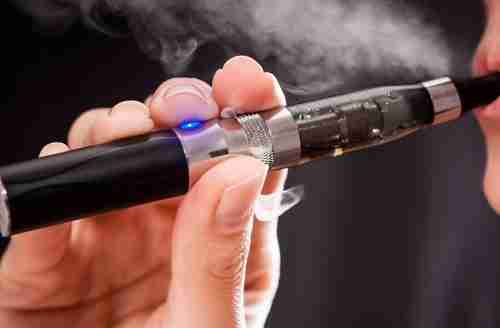For four decades, David Taylor has relied on fans to breathe in the silence of everyday metronome life. Then, on the night of February 14, an explosion at the North Pole began to block the power grid in Texas. The next morning, the Fort Worth home was electrocuted and the 65-year-old shared it with his mother.
Medical Equipment To Live
Finally, David Fan turned to backup batteries. A family member found the generator and managed to test it several times, operating in the freezing cold. As night fell, a house upstairs was out of power for about 12 hours, only for an hour when the lights went on for a while and David of Dorothy Taylor remembered his 89-year-old mother.

The temperature inside is below 50 degrees. David lay in bed under a pile of blankets with tendon dystrophy. Dorothy watched with one eye for a moment, unsure how long her son’s spare battery would last. “I can’t wait until the last minute,” she said. “He’ll be dead in a few minutes.”
Across Texas, other families are facing similar problems. MedStar, the ambulance provider serving the Fordworth area, sent more than 50 calls, including Dorothy, for lifelong medical devices and patients without energy on February 15-17.
Electric medical equipment
Ralph Rivello, a doctor in the San Antonio emergency room, said between 18 and 24 people came to his hospital to refill medical equipment during the Antarctic Crisis. A 75-year-old man remains silent in his truck near Houston; His family believes he went out to retrieve an extra oxygen tank from the vehicle after his home was electrocuted.
This is not the only tragedy. Some experts warn that integrated home health is at odds with climate change as extreme weather events become more common across the country.
While weather events such as the Texas Arctic eruption are difficult to attribute to climate change, these crises have become more common in recent years as the planet warms, emphasizing the need to protect vulnerable people, said Sue Ann Bell. University of Michigan, which studies the health consequences of disasters. “If you think you have a hurricane once every 100 years, that’s no longer the case,” he said.
Power outage medical equipment
At the same time, climate change is caused by an increase in extreme events as the power grid ages. According to Climate Central, a nonprofit news organization, 10 or more blackouts were reported annually from 1984 to 2012 in the 1980s and 2000s, compared to the 1980s and 1990s. Most come from time extremes, although changes in data collection have also contributed.
“We’re approaching climate change, which will bring more of these unexpected events into a curved field that affects our infrastructure,” said John Casey, an environmental epidemiologist at Columbia University who speaks about the health implications of dead energy.
Casey stands in the frame of researchers, environmentalists and doctors trying to raise awareness about the risks of blackouts for people who own medical equipment. They recommend more research and data collection to better determine how many Americans are at risk and to document medical complications and mortality outcomes.
They stressed the need to update and preserve the existing power grid and offered several public health strategies, including regular text alerts to warn those at risk. The power supply may be interrupted. In addition, instead of generators – which are difficult and dangerous to operate – they receive rechargeable batteries that turn on automatically when the lights go out.
Backup generator for medical equipment
But now, the likes of David and Dorothy Taylor are groping in the dark. On a cold February night, Dorothy had no idea how long the fan’s backup battery would last. But he didn’t want to take the risk. At nine o’clock he called the paramedics. The more equipment, the more reliable the energy required.
In recent decades, Americans have increasingly benefited from life-extending home technologies and allowing more people to live in their homes. But these devices, including household oxygen devices, drug nebulizers, home dialysis machines, injection pumps and electric wheelchairs, rely on reliable power supplies.
Federal officials collected and mapped the homes of 2.6 million medical workers with this medical device, which provides information about the Empowerment program as a tool for public health and emergency efforts. It’s not known how many non-medical recipients rely on the device, but data shows overall usage is increasing, Casey said.
Battery backup for home medical equipment
He was involved in a study published earlier this year in the journal Epidemiology that found that oxygen prices tripled from 2008 to 2018, based on data from more than 243,000 patients, including Kaiser Permanente.
Read Also: Mental Health Awareness for all People
In Texas, the injury was so widespread in February that the decision wasn’t as simple as moving to a nearby home, said Rivello, head of the emergency department at UT Health’s Long School of Medicine in San Antonio. Thanks to this device, the accessories are still there and many people are staying at home,” he said. “I don’t know if they will always think about what-if situations.”
Several studies have documented the risk of blackouts for these people. A 2003 study of blackouts in the Northeastern United States found that 23 of the 255 patients admitted to a New York hospital failed to function within 24 hours. In care.





